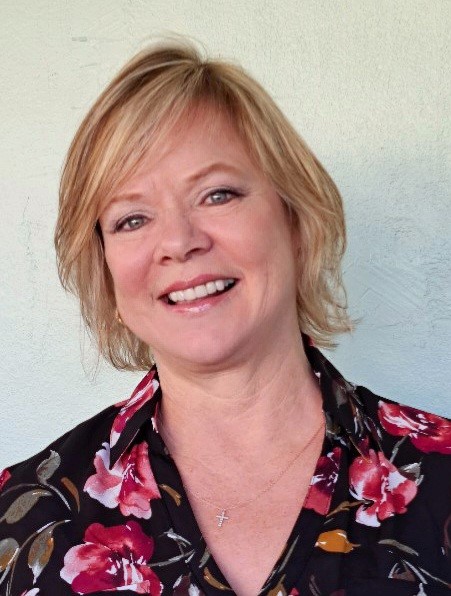
Nearly all real estate investment includes some amount of debt. Debt on its own isn’t necessarily a problem but too much debt can create challenges. So, how much debt is too much? We’ll give you some solid answers below.
Quick note: If you’re already a seasoned pro, you probably don’t need our advice. This information is primarily for first-time investors, “at-home investors”, and those who are just getting started with real estate investment.
Industry Average Debt to Equity Ratios
Before you can determine what the right level of debt is for you as an individual real estate investor, it’s important to understand some industry averages. Investopedia reports that the average debt to equity ratio for businesses in the entire real estate sector is 352%, or 3.5 to 1.
This is high compared to the broader marketplace, because in real estate there are physical buildings involved. Lenders know that even if something goes wrong, they’ll still be able to recoup their losses.
The 352% figure reflects a range, of course: real estate investment trusts run higher, closer to 366%. Real estate management companies, on the other hand, come in much lower at 164%. Solo/part-time/novice real estate investors also usually come in lower.
Numbers Decoded
Unsure what these numbers mean? That’s OK; we can explain. The debt component is easy enough: that’s how much you owe on your mortgage or mortgages. Equity is, more or less, how much you own plus how much cash you have available. So, a 3.5-to-1 debt-to-equity ratio means that for every $100 in assets, you have $350 in debt.
Put that in terms of real estate numbers, and it means that if an investor holds $350,000 in mortgage debt, he or she should have $100,000 in equity. And that’s for investors that are comfortable with the industry average debt ratios.
The concept of debt to equity ratio is a tricky one. Want to know more? Here’s a deeper dive on understanding debt to equity ratios.
Good Advice for New and Small Investors
All that is just background for the real question: how much debt is too much for the new/small/solo real estate investor? The industry average is likely a little steep for people in this category. It would be easy to get overextended at that ratio, despite the security that physical real estate provides.
The exact right answer varies for every investor. One independent professional (in other words, he does this full time) seeks to keep his ratio at 300% and recommends others do the same. If real estate is a true investment for you (meaning you’re not dependent on the income for your immediate needs), then this is a good target. If you are depending on your real estate investing income, then we recommend keeping the figure lower — perhaps 200% to 250%.
Need help finding your next investment property? Reach out today!
About the Author

Patty Sehringer, L & L Realty Group
Welcome to L & L Realty Group! I am Patty Sehringer, your South Florida Real Estate Agent.
THE MARKET HAS SHIFTED and I want to put your minds at ease! This is NOT a bad thing for Real Estate! South Florida is just returning to a normal market.
The Real Estate Market may have shifted, but one thing that will NEVER change is that I will provide you with the professional representation that you deserve!
As a full-time Realtor since 1993, I am able to provide you with the knowledge and market insight to make your experience as smooth and pleasant as possible.
This website is just one tool for you to use in your efforts to purchase or sell a home.
SELLING? I will be happy to provide you with a FREE Market Analysis of your home! NO OBLIGATION!
BUYING? Now is the time! More homes are available that have reduced their asking prices significantly. I will keep you up to date on all the new listings that come available in the areas you are seeking!
I am a phone call away for ALL OF YOUR REAL ESTATE NEEDS!
Call Patty Sehringer, L & L Realty Group (954-328-5294) for immediate and professional service!
